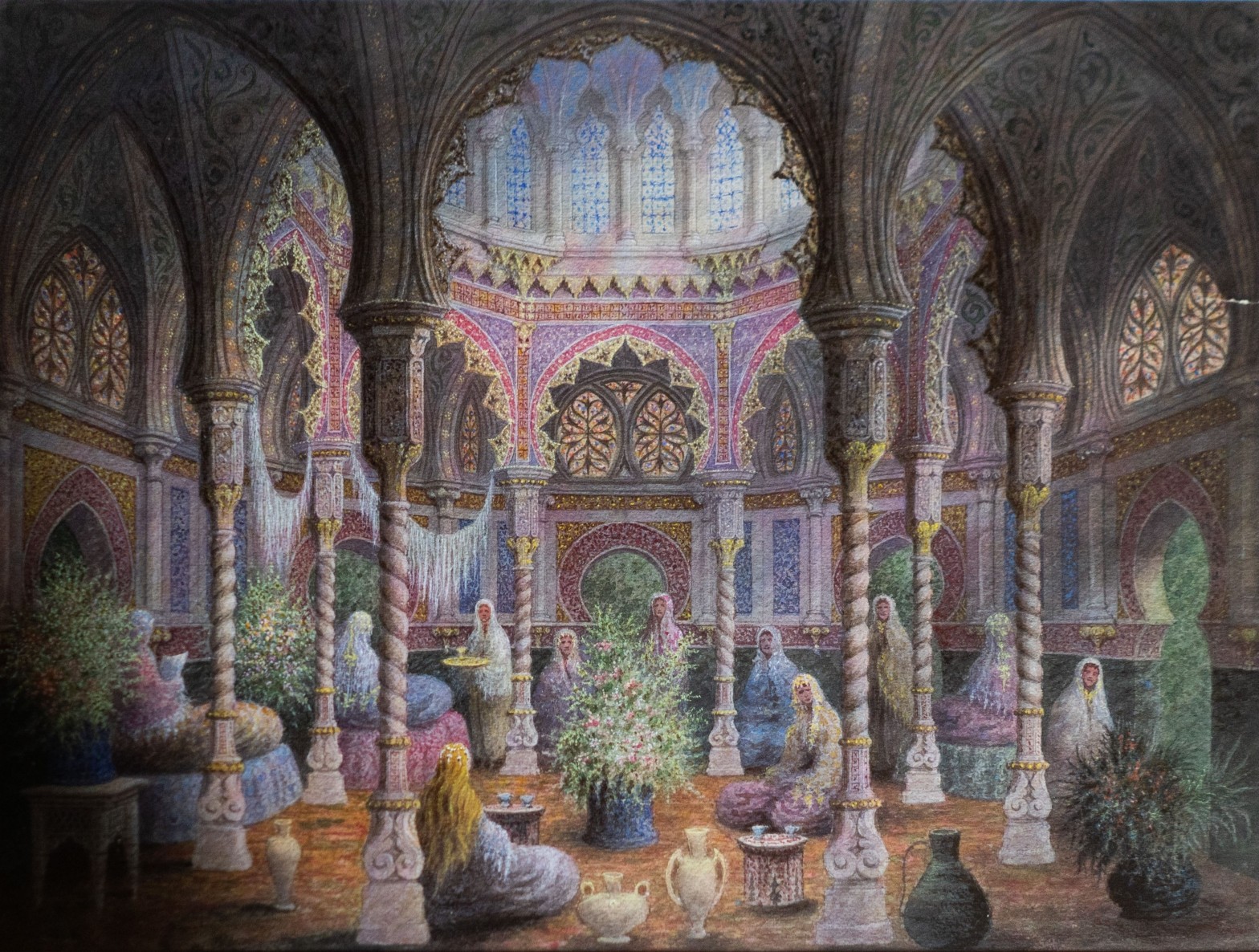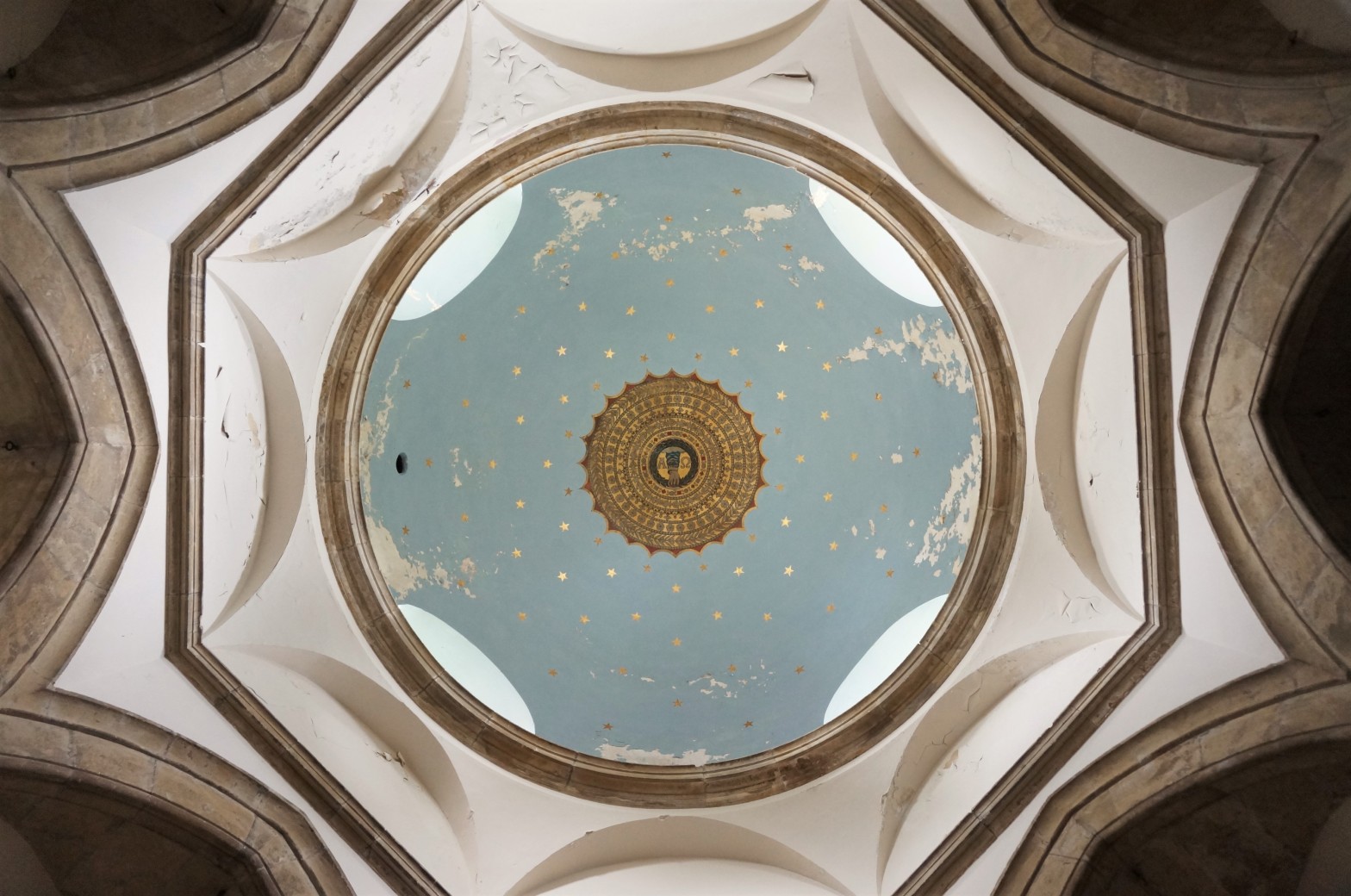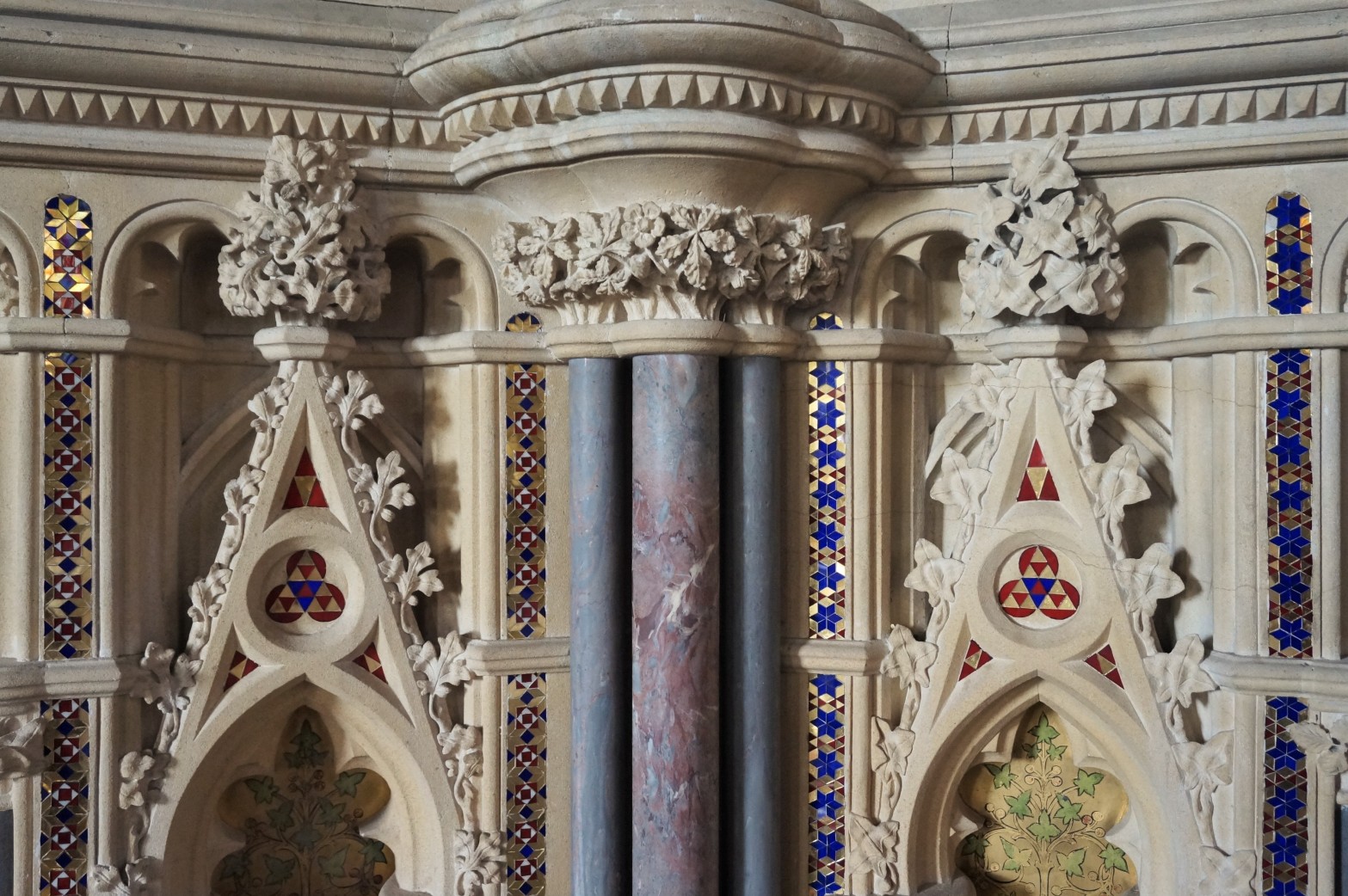The internet has changed the process of writing architectural history beyond all recognition. Information that just twenty years ago would have required lengthy and arduous research to track down can now be obtained with a few clicks. The amount of material which has been digitalised and placed within the public domain is truly staggering. ItContinue reading “The phantasmagorical Mr Croft”
Category Archives: Italianate
Recusancy in Dorset and the ‘other tradition’ of Catholic church-building
It is inevitable that A.W.N. Pugin looms large in histories of Roman Catholic church-building in the 19th century. Yet in some ways he was as notable for the adopting the faith that he served through his architecture as he was for the buildings that he designed. Would Pugin be viewed in quite the same wayContinue reading “Recusancy in Dorset and the ‘other tradition’ of Catholic church-building”
Prolific inimitability: getting to grips with S.S. Teulon (1812-1873)
For many of the architects featured in this blog, single posts running to something in the region of 15 pages of copy is sufficient to give a reasonably comprehensive account of their careers. Further research might bring to light previously unknown works and thereby flesh out the picture, but is unlikely to yield anything thatContinue reading “Prolific inimitability: getting to grips with S.S. Teulon (1812-1873)”
From the picturesque to the sublime: Henry Darbishire and the architecture of philanthropy
The name of the architect may not stick in the memory; his greatest work most certainly will. Like many people, I learned about the Columbia Market in Bethnal Green and its tragic fate thanks to Hermione Hobhouse’s Lost London. Somewhere in my mid-teens, I discovered the book in the reference room of Kingston-upon-Thames public libraryContinue reading “From the picturesque to the sublime: Henry Darbishire and the architecture of philanthropy”
Robert Lewis Roumieu: progressive or prankster?
One is the former London office of a firm that produced vinegar and fortified wines. The other is a speculative development of townhouses aimed at the affluent middle classes. Fairly mundane projects typical of the 19th century, one might think; typical, indeed, of hundreds such up and down the country, brought into being by theContinue reading “Robert Lewis Roumieu: progressive or prankster?”
Welsh Baroque – Nonconformist swagger in Llanidloes
I was introduced to Ian Nairn by my father, who was a great admirer, owned a copy of Nairn’s London and got me watching the mini-series of his programmes repeated in 1990 with introductions by a very fresh-faced Jonathan Meades. Over the years, my attitude towards him has changed from initial incomprehension in my teensContinue reading “Welsh Baroque – Nonconformist swagger in Llanidloes”
A High Street extravaganza
An awful lot of towns in the Home Counties were badly sinned against in the post-war years by planners, developers, traffic engineers and architects, but few quite as grievously as Maidstone. While I can’t feel too upset about the destruction visited on certain places, where there may well never have been anything terribly interesting, MaidstoneContinue reading “A High Street extravaganza”






